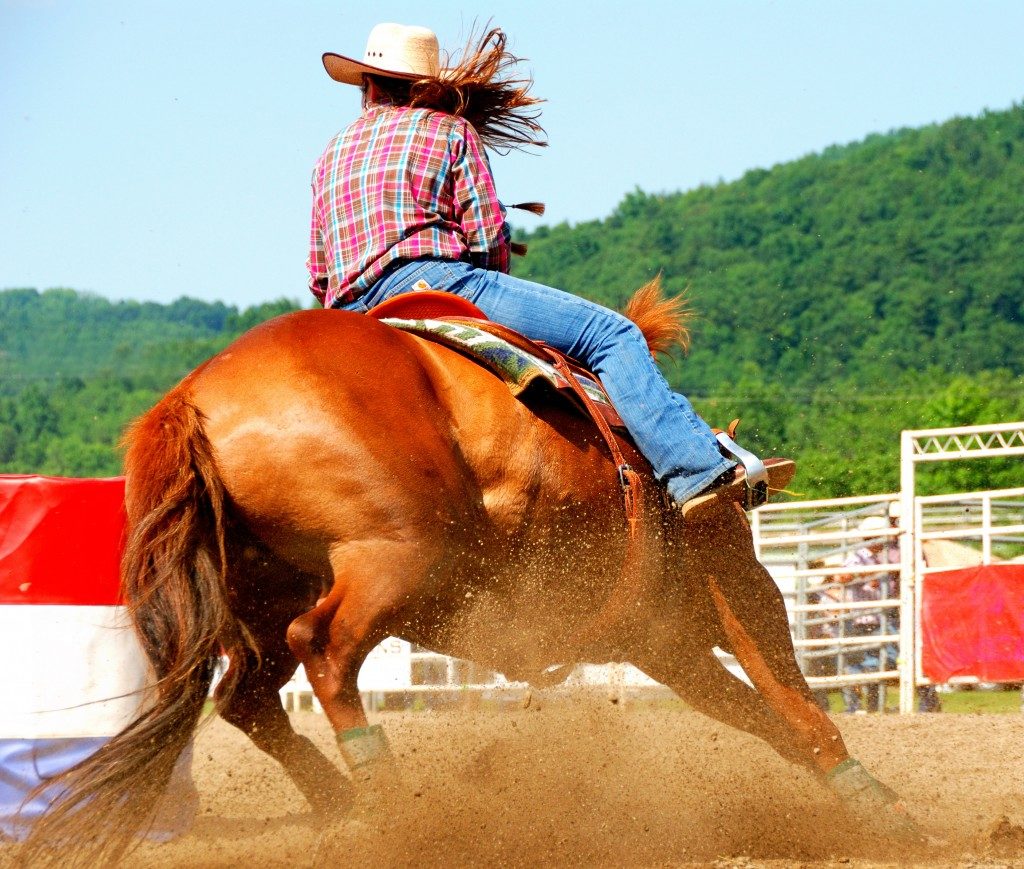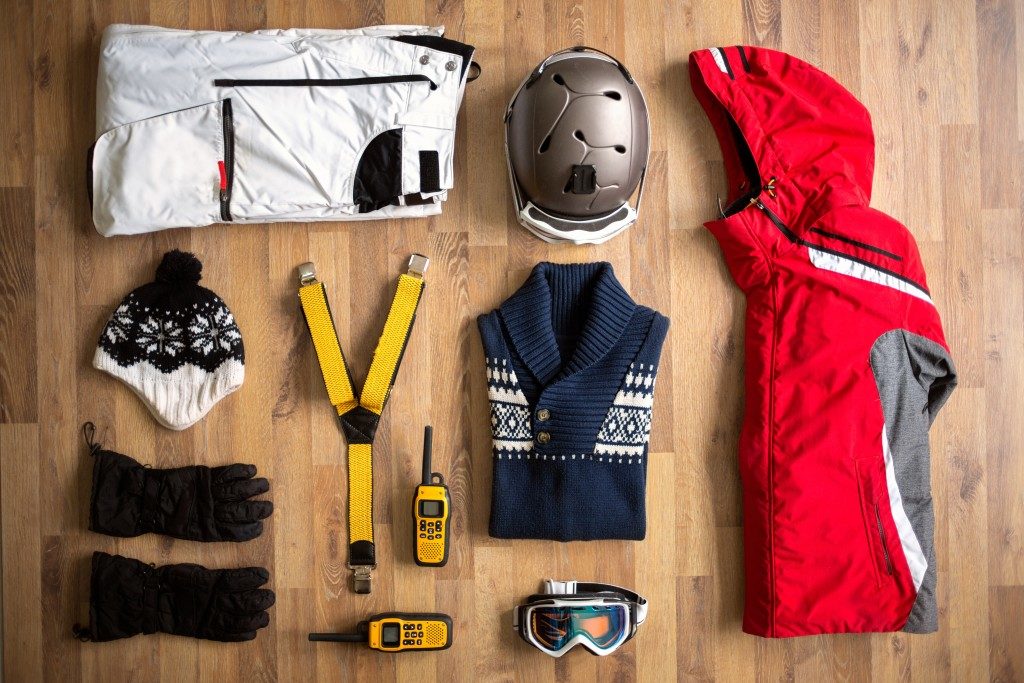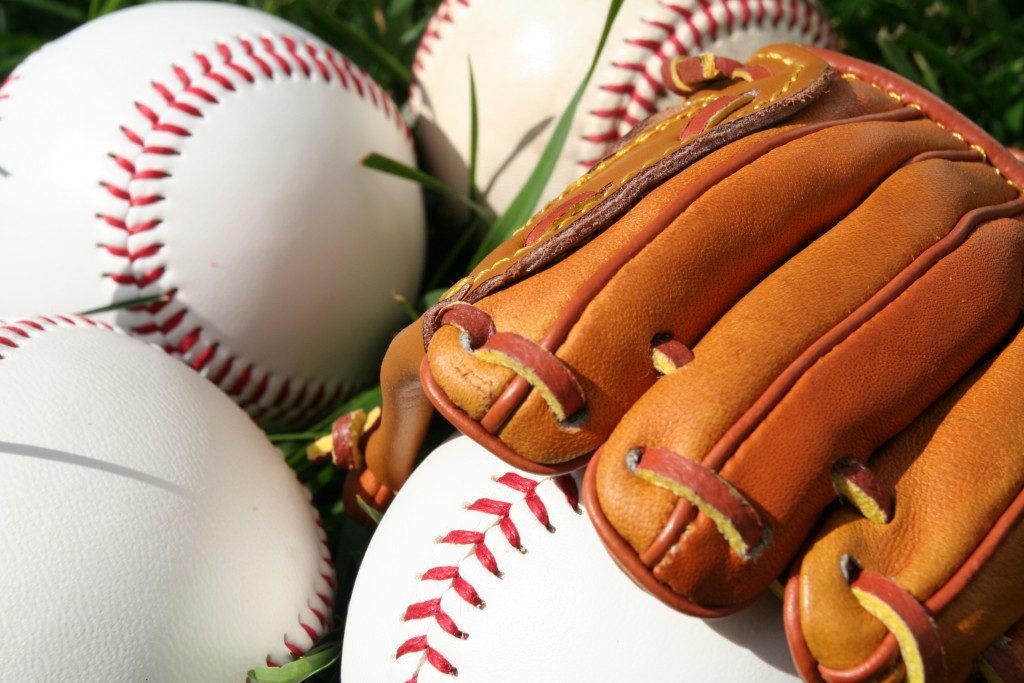Rodeo is a popular competitive sport in the United States, Spain, Mexico, Australia and New Zealand. The beginnings of rodeo can be traced back to the 19th century, growing out from work and play activities of American cattlemen and their Spanish and Mexican ancestors.
Rodeo events include a variety of riding and roping events, typically involving horses and bulls. Rodeo is an exciting sport, but it can also be very dangerous that’s why it is important for riders to equip themselves with the proper training and use high-quality gear and roping supplies to ensure their safety. Want to know more about the different rodeo events?
Buckle up and read on.
Team Roping
Team roping is the only team event in rodeo competitions. It features two skilled ropers on horsebacks, a header and a heeler, who work together to catch an adult cattle in the fastest possible time. The header throws the rope first, with the goal of capturing the cattle with one of three legal catches allowed – around the horns, around the neck, or around a half head. The header then ropes the cattle’s hind legs to immobilize it.
Tie Down or Calf Roping
In this timed event, the horseback rider ropes a calf around its neck. When the rope is tied, the rider dismounts and runs to the calf to subdue and throw him down, and then ties three of its feet with a pigging string. A run is considered invalid of the cattle breaks free within six seconds.
Breakaway Roping

Breakaway roping is similar to calf roping, however, in this event, the calf is not thrown down and tied. The rope is tied on the saddle horn and is let go once the calf is caught. The rider then stops the horse so the calf is able to run free.
Saddle Bronc Riding
Considered a classic event, saddle-bronc riding requires strength and balance. The event starts with the rider leaving the chute with their spurs over the horse’s shoulders. To qualify, the rider must stay atop a bucking horse for eight seconds. The rider’s feet must remain in the stirrups and his free hand must not touch the horse, the saddle, or his body.
Bareback Bronc Riding
Bareback riding is similar to saddle bronc riding; however, the rider uses a rigging made of leather. The event starts with the bronc and rider bursting out the chute, with the rider “marking out” or ensuring that both his spurs touch the horse’s shoulders until its feet touches the ground. If the rider fails to this, they are automatically disqualified. Considered one of the most physically demanding rodeo events, the rider must have exceptional upper body strength to stay on top of the bucking horse for eight seconds.
Bull Riding
Bull riding is one of the most famous rodeo events. Just like saddle bronc and bareback bronc riding, bull riding requires the rider to stay atop the bull for eight seconds without touching the bull or themselves with their free hand. Riders hold on to a bull rope, a braided rope tied around the bull’s midsection. When the ride is completed, the rider releases his hand from the rope and then jumps away from the bull. Some bull riders today wear Kevlar vests and helmets for protection.
Rodeo is a significant part of American culture. The events mentioned above are just some of those that make rodeo a well-loved and popular sport not only in the US but also in different parts of the world.



